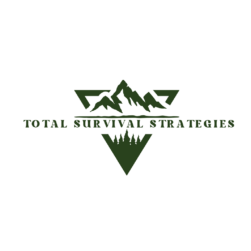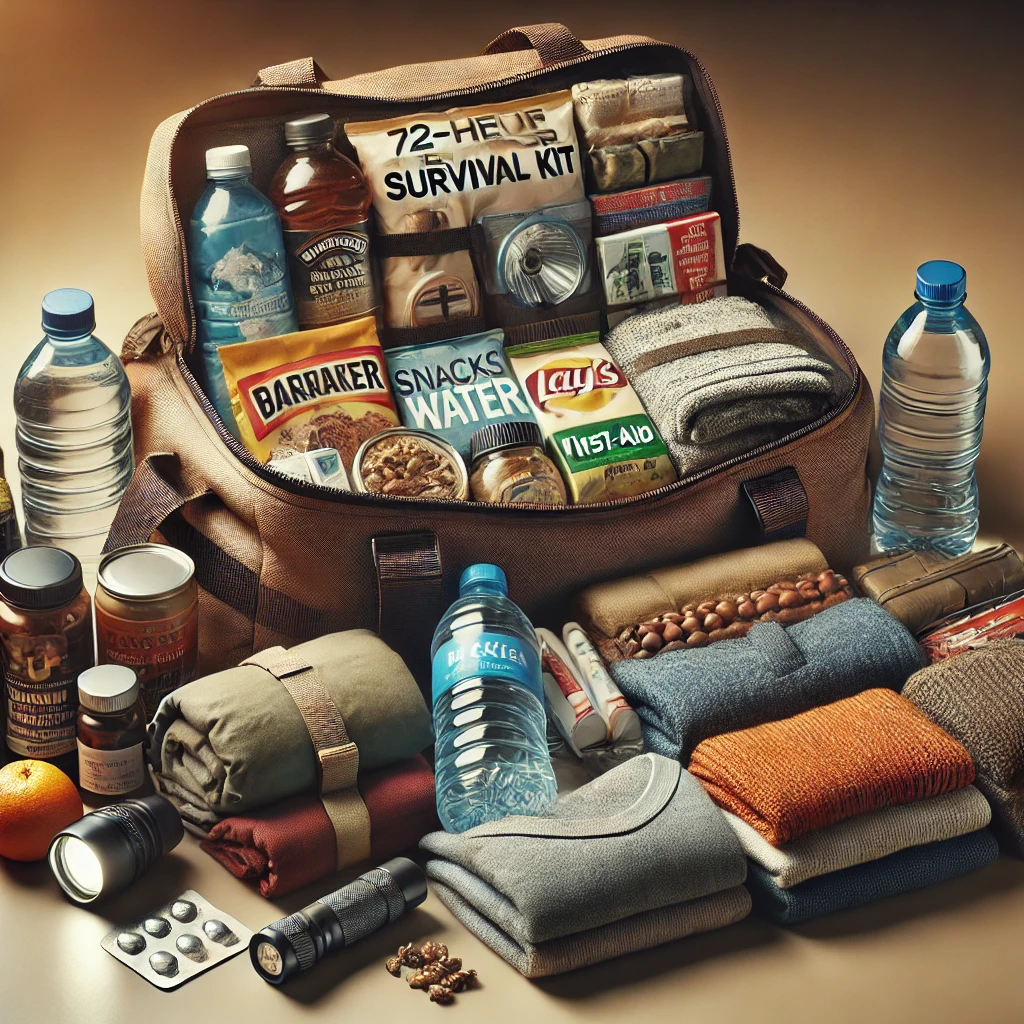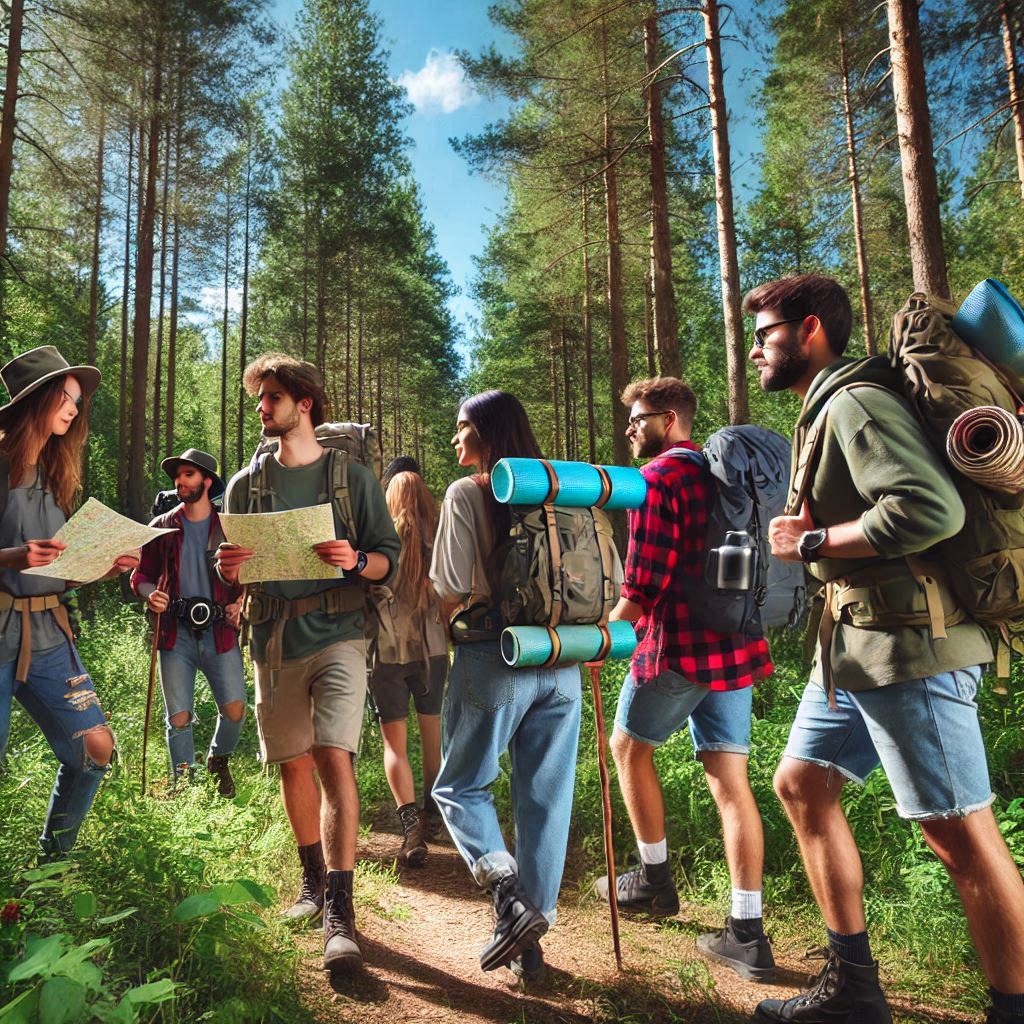A prepper is someone who proactively gathers essential supplies and resources to survive potential natural or man-made disasters. These events could range from natural disasters, like hurricanes or tornadoes, to disruptions like power outages, riots, or economic crises. The practice of collecting these essentials is known as “prepping.”
Motivations Behind Prepping People prep for various reasons, including:
- Self-Sufficiency: Many preppers seek independence, avoiding reliance on others during emergencies.
- Family Protection: Ensuring the safety and well-being of family members is a significant motivator.
- Distrust of Government Support: Some preppers lack confidence in governmental aid during major crises, prompting them to rely on their own resources.
Historical Roots of Prepping The modern prepper movement emerged from the survivalist mindset that took hold during the Cold War, especially when President Kennedy advocated for private shelters as a precaution against nuclear threats. The survivalist approach evolved over time to include combat skills, while prepping increasingly emphasized self-sufficiency and safety over combat readiness.
Reasons for Becoming a Prepper
People are drawn to prepping for a variety of reasons, from practical to psychological. Here are some common motivators:
- Preparedness Mindset: Inspired by the Boy Scouts’ motto, “Be prepared,” preppers value readiness for unexpected situations.
- Facing Life’s Challenges: Being equipped to tackle difficult situations enhances one’s chances of staying healthy and safe.
- Ancestral Habits: Human history shows a long tradition of preparing for harsh conditions, a practice many preppers see as essential.
- Efficiency: Preppers learn to manage resources well, a skill that proves valuable in emergencies.
- Building Strong Communities: Self-reliance among individuals strengthens communities, as prepared people can assist others.
- Debt Avoidance: Prepping teaches frugality, which can help avoid debt traps.
- Survival Advantage: Having essentials ready increases survival odds when disasters strike.
- Independence from Government Aid: Preppers aim to be self-sufficient, reducing their dependency on government assistance.
Types of Preppers
Preppers vary widely in approach, level of commitment, and preparedness strategies. Here’s an overview of different types:
- Novice Preppers: Just starting, these preppers are learning the basics and preparing for short-term emergencies. Typically, they gather enough supplies for 1-3 days.
- Casual Preppers: These preppers, whether urban or rural, can sustain themselves for up to a month. They are knowledgeable about essential preparedness and are more equipped than novices.
- Urban Preppers: Focused on city survival, urban preppers make the most of limited space. They often turn to alternative energy sources like solar power for emergency needs.
- Suburban Preppers: Balancing between urban and rural lifestyles, suburban preppers use available outdoor space to store supplies and may even grow food, allowing them to sustain themselves for up to three months.
- Rural Preppers: Often based in the countryside, rural preppers rely on nature and community networks for sustenance. They’re equipped with skills like hunting and gardening, enabling them to survive up to a year.
- Homesteaders: Living off their land, homesteaders aim for complete independence. With space for crops and livestock, they often have resources to survive for many years.
- Off-Grid Preppers: Relying on self-generated energy and water sources, off-grid preppers minimize their dependence on public utilities, ensuring complete independence.
- Doomsday Preppers: Preparing for extreme scenarios like pandemics or societal collapse, doomsday preppers are equipped for survival over long, indefinite periods. They may stockpile tools and weapons for additional protection.
Levels of Prepping
Prepping intensity varies, with levels based on the duration of self-sufficiency:
- Basic Prepping (1-3 Days): Short-term preparation focused on basic needs, like food and water, for up to three days.
- One-Month Prepping: Preppers gather enough supplies for a full month, expanding storage for essentials like food, water, and medical supplies.
- Three-Month Prepping: Longer preparedness plans may include rainwater harvesting and sustainable food sources.
- Year-Long Prepping and Beyond: This level requires a more substantial investment in resources. Many long-term preppers also consider “bug-out” vehicles for quick evacuation.
- Off-Grid Living: The ultimate level of prepping, off-grid living involves generating your utilities and adopting a self-sustaining lifestyle.
Essential Steps to Becoming a Prepper
- Financial Preparation: Start by setting up an emergency fund, ensuring you have a financial cushion for emergencies.
- Building a Two-Week Supply: While the Department of Homeland Security recommends three days of supplies, two weeks is often a safer baseline.
- Creating a Bug-Out Bag: Pack essentials like food, water, a sleeping bag, tent, compass, and first-aid supplies for quick evacuation if necessary.
- Develop Core Survival Skills: Skills like first aid, CPR, and knot-tying are crucial, as is adapting your skill set based on location and resources.
- Establish a Support Network: Although preppers value self-reliance, building connections with neighbors, family, or community members can be invaluable in an emergency.
- Continual Preparation: Prepping is an ongoing process. Regularly update supplies, refresh skills, and adapt as new challenges arise.
With a clear understanding of the various prepper types, levels of preparation, and essential steps, you’re better equipped to determine your approach to prepping. By understanding motivations and methods, you can tailor your preparedness efforts to meet your specific goals and lifestyle.
We are a participant in the Amazon Associates Program. As an Amazon Associate we earn from qualifying purchases with no additional cost to you. We appreciate your support. Read our complete Affiliate Disclaimer here.



